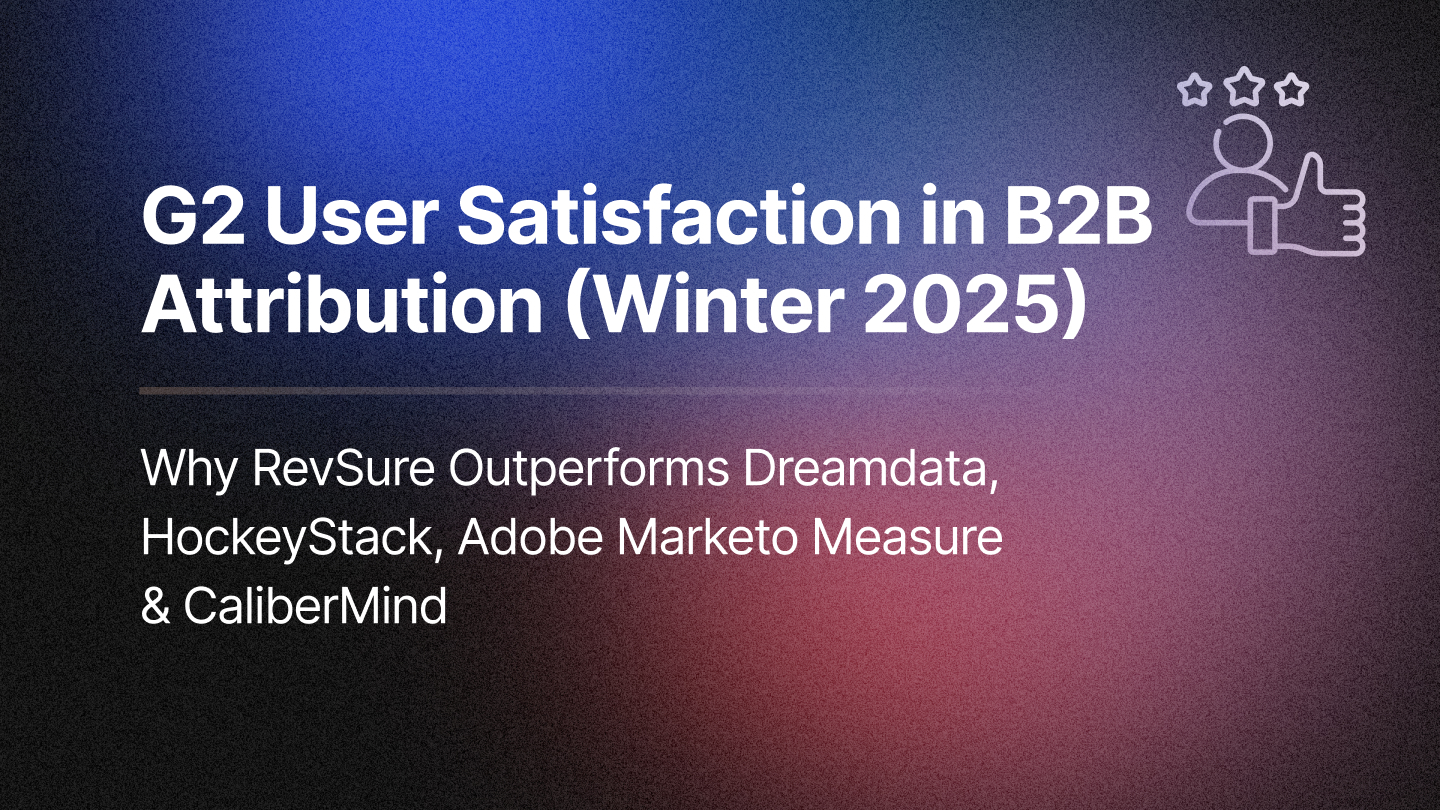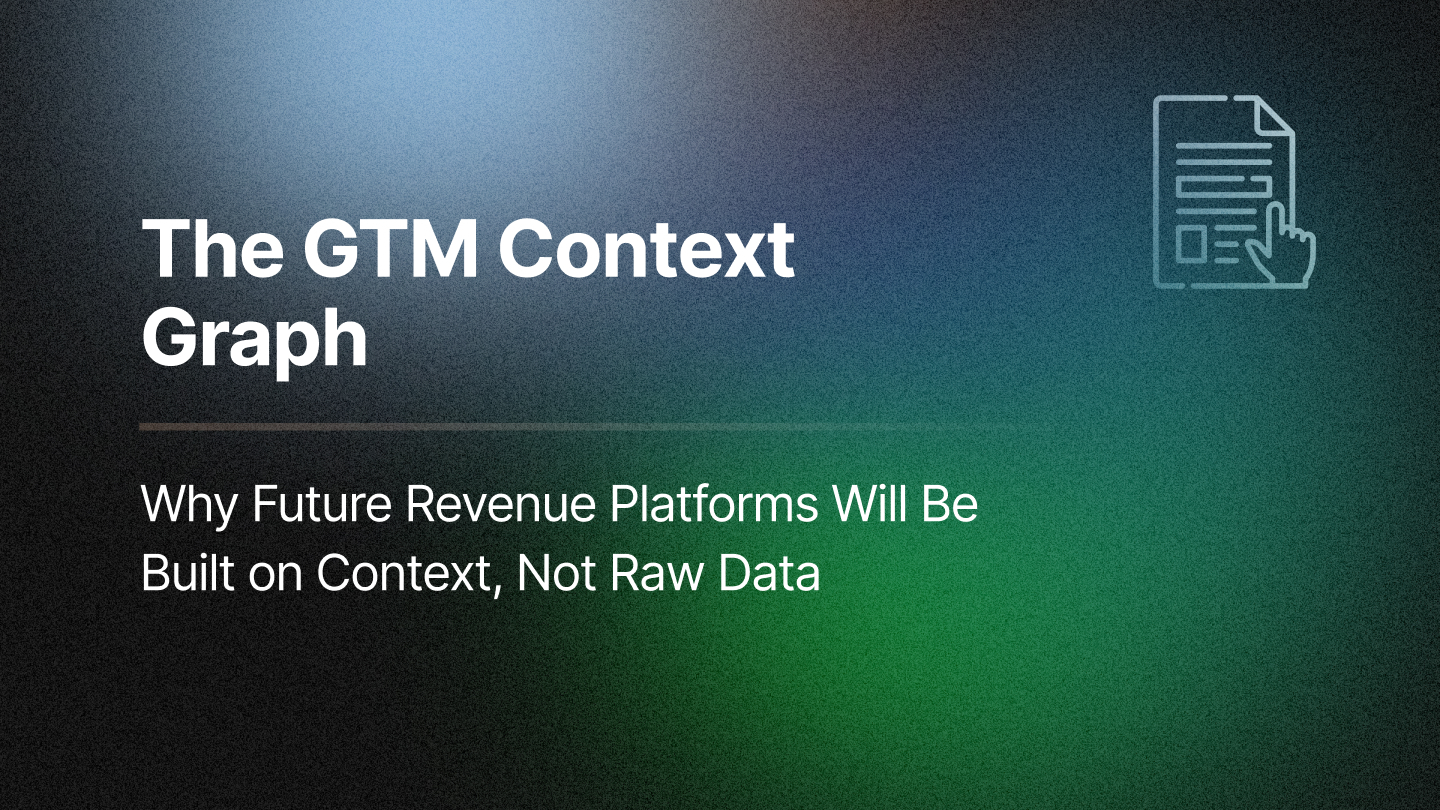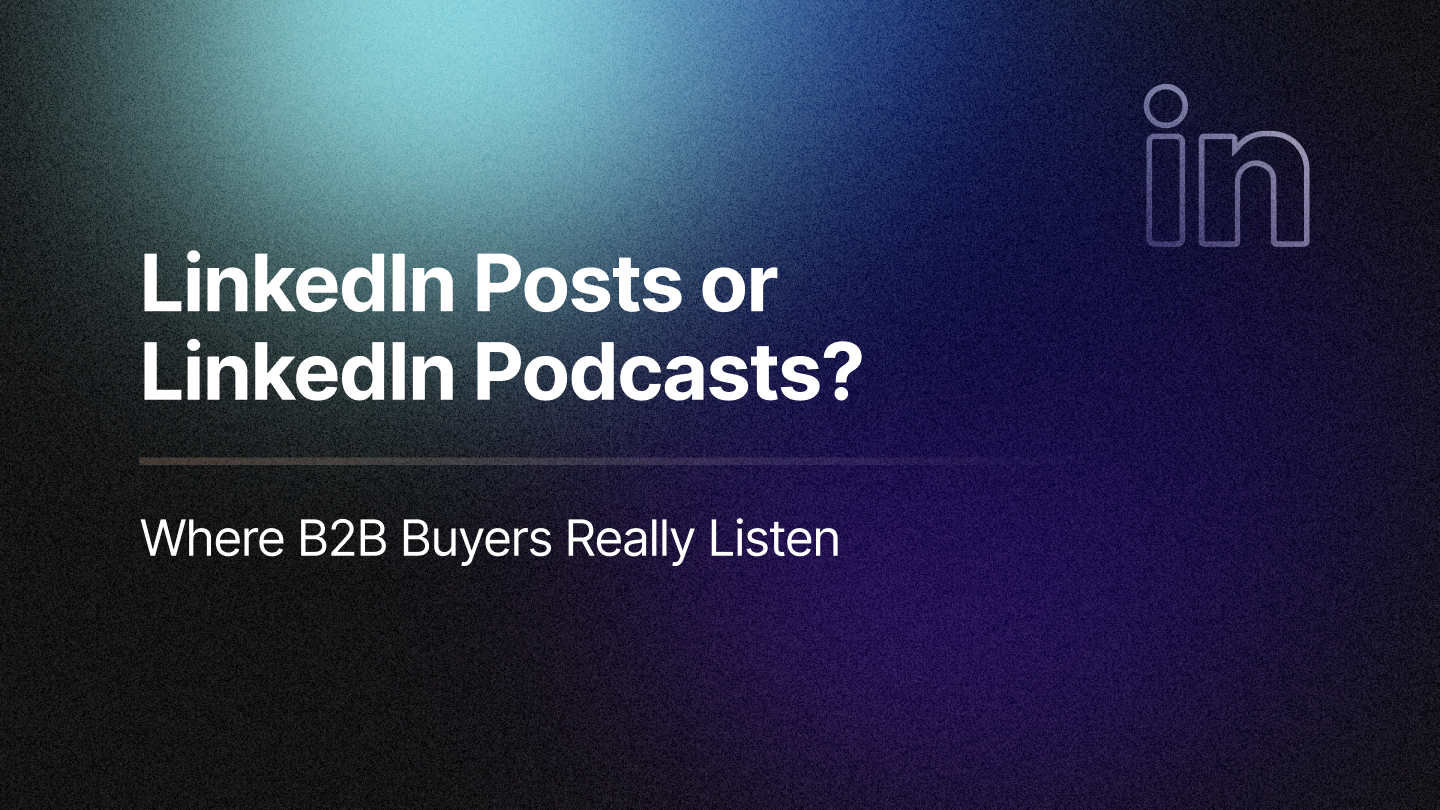In today’s buyer-led landscape, content is no longer just a marketing asset; it’s the currency of trust, education, and pipeline. But while most B2B teams are producing more content than ever, few are seeing proportional returns. According to Forrester, nearly 60-70% of B2B content goes unused. Why? Because content strategy often lacks operational discipline. Teams lack a system to consistently deliver the right content to the right audience at the right time and in the right place.
Enter the Four R’s and Four P’s framework, a model that blends buyer-centric precision with operational scalability. The Four R’s outline your goals. The Four P’s guide your execution. And in this blog, we’ll unpack them both to help you build a high-output content engine that drives real revenue impact.
Quick Recap: The Four R’s & Four P’s Framework
Before we dive into the “how,” let’s quickly recap the model.
The Four R’s (Strategy)
- Right Audience
- Right Content
- Right Time
- Right Place
The Four P’s (Execution)
- Planning: Aligning goals, personas, and themes across GTM
- Production: Creating modular content efficiently and at scale
- Promotion: Ensuring content is delivered via the right channels
- Performance: Measuring what works, and why
Together, this framework ensures that content isn’t just creative; it’s strategic, measurable, and scalable.
1. Planning: Strategic Alignment from Day Zero
Most content failures are born in the planning phase. Without a plan rooted in GTM alignment, teams often create content that’s off-brand, mistimed, or disconnected from business goals.
What strong planning looks like:
Effective B2B content starts with planning. Here’s what strong planning entails:
- Quarterly Content Calendars: Strategically map content to funnel stages, personas, and GTM themes to ensure every asset drives a purpose, whether it’s awareness, education, or conversion.
- Cross-Functional Collaboration: Pull inputs from product marketing, demand gen, sales, and CS. This ensures content reflects real customer needs, campaign goals, and upcoming product priorities.
- Clear Content Briefs: Every piece begins with a concise brief that pinpoints the narrative, CTA, SEO focus, and distribution plan. No guesswork, no misalignment.
- Prioritized, High-Impact Themes: Focus on what moves the needle, whether it is product launches, ICP education, or vertical-specific messaging. Don’t just fill a calendar; build one that supports pipeline and positioning.
Tools & Tips:
- Use tools like Airtable, Notion, or Asana to map briefs to stages and owners
- Tie content themes to campaign goals (e.g., “generate 100 SQLs in manufacturing by Q3”)
- Involve SDR and CS leaders to ensure the content addresses real buyer objections
Revenue Angle:
Use RevSure to align content efforts with pipeline generation goals. For example, identify where mid-funnel content gaps are slowing down conversion and build content to fill those gaps.
2. Production: Scale Without Sacrificing Quality
High-performing teams don’t just write more; they write smarter. That means building content in modular formats that can be atomized across channels and reused across functions.
Shift your mindset:
Think of every core content asset as a content cluster, not a one-off deliverable. For example, a single research report can become:
- 3 blog posts
- 5 social snippets
- 1 email nurture sequence
- 1 live webinar
- 1 LinkedIn carousel
- 1 internal sales brief
Operational enablers:
- Templates for repeatable formats like case studies, product one-pagers, and webinars
- AI-assisted tools like Jasper, Notion AI, or ChatGPT to speed up drafts and summarizations
- Design libraries to speed up asset packaging across content types
- Video clipping tools to turn long-form webinars into short-form snippets
Don’t forget stakeholder feedback:
Build review cycles into your production workflows, incorporating SME check-ins, clearly defined legal review timelines, and version control.
Revenue Angle:
Use RevSure insights to prioritize content formats and topics based on influence-to-pipeline conversion. Are your demo-CTA blogs driving more SQLs than thought leadership? Prioritize accordingly.
3. Promotion: Your Distribution Is Your Differentiator
You’ve heard it before: "If you build it, they won’t come, unless you distribute it." Promotion isn’t a one-time tweet or a blog share on LinkedIn. It’s a multi-threaded, cross-channel operation that ensures every piece of content reaches its intended audience multiple times and in multiple formats.
What it should include:
- Owned channels: Website, blog, email newsletters, sales enablement platforms
- Paid channels: LinkedIn, Meta, Google Ads, content syndication
- Earned media: Guest blogs, podcast appearances, partnerships
- Internal distribution: Empowering SDRs, AEs, and CSMs with content kits
Tactics to amplify reach:
- Create channel-variant snippets optimized for each platform
- Build internal launch kits with email templates, Slack blurbs, and one-pagers
- Leverage paid retargeting to promote content to high-fit accounts
- Time-bound campaigns with reminder emails, CTAs, and drip sequences
Revenue Angle:
Use RevSure’s campaign-level attribution to determine which content assets contributed to pipeline progression. For example: which eBooks drove high-intent account engagement vs. which just attracted top-of-funnel noise?
4. Performance: Measure What Matters (Spoiler: It’s Not Pageviews)
Performance is where good content programs become great. Yet many teams stop at vanity metrics- pageviews, time on page, or social shares. But pipeline-focused B2B marketing needs more.
What to measure:
- Influence on pipeline stages: Which assets helped move MQLs to SQLs?
- Content-assisted revenue: Are specific formats (e.g., customer stories) tied to closed-won deals?
- Account-level engagement: What did this target account consume before the meeting?
- Time-to-value: Did your explainer video reduce onboarding cycles?
Attribution models to consider:
- First touch + content scoring
- Multi-touch + stage-weighted models
- AI-based attribution + journey mapping (RevSure supports this natively)
Revenue Angle:
RevSure helps you map content influence across the funnel, not just clicks or impressions. You’ll know which blog, asset, or campaign actually nudged the deal forward and what content your highest-value accounts are engaging with right now.
Beyond Execution: Making the Four P’s Sustainable
The Four P’s is a foundation for content systemization. To build a sustainable, agile content engine, you need to think in terms of:
- Playbooks: Repeatable systems for each content type and GTM motion
- Feedback loops: Input from sales, CS, SDRs, and analytics baked into your review cycles
- Scalability levers: Use AI, automation, and repurposing templates to scale output without scaling headcount
- Revenue alignment: Every piece of content should map to a GTM goal—awareness, consideration, intent, or conversion
Putting It All Together: Sample Execution Workflow
Let’s say you’re launching a campaign to promote your new AI-powered forecasting module. Here’s how the Four P’s guide execution:

Final Thoughts: From Content Creation to Content Impact
In 2025 and beyond, content can no longer be a siloed marketing function. It must be a revenue-driving engine, or risk becoming a cost center. The Four P’s—Planning, Production, Promotion, Performance—give B2B marketing teams a tactical framework to build smarter, faster, and with more measurable impact.
By treating content like a product, with strategy, operations, and analytics baked in, you transform from a content creator to a growth multiplier. With tools like RevSure, you can close the loop between strategy and performance, ensuring every asset you publish delivers business outcomes, not just pageviews.
Related Blogs







